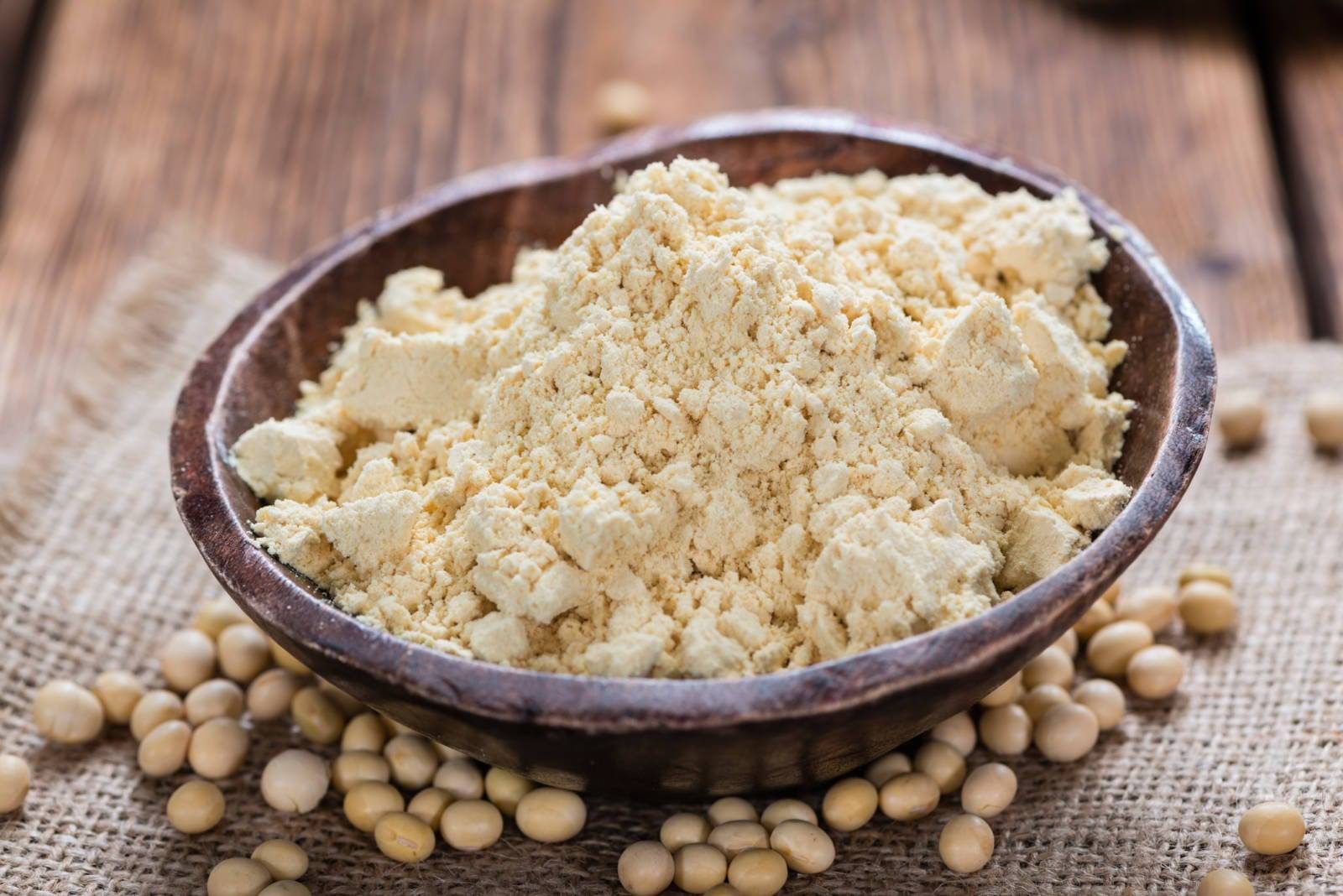The inclusion of soybean meal in animal feed has allowed it to be “upcycled” to high-protein meat and poultry products. New approaches to food waste now allow a similar process to use even more soy for human consumption.
“Upcycling” refers to finding a functional use for what otherwise would be waste material, according to a Food Business News article about using such waste to make flour. Upcycled foods use ingredients that otherwise would not have gone to human consumption, are procured and produced using verifiable supply chains, and have a positive impact on the environment.1
U.S.-based Renewal Mill currently makes a high-protein, high-fiber flour from the pulp left over from soymilk production. Renewal Mill dries and mills the pulp to create a shelf-stable flour used as a cooking and baking ingredient.2 For example, the company sells a dark chocolate brownie mix that includes this flour.
In a World Grain article, Renewal Mill co-founder Clair Schlemme said, “Given [soy] is traditionally a human food ingredient in east Asian cooking, it definitely should be maintained as a human food ingredient.” She also described the drying and milling process and products that helped prove the concept.
The goal is to reduce food waste. According to Renewal Mill co-founder Caroline Cotto, 1 billion tons of food are wasted globally, worth $1.2 trillion. Those figures consider the cost of growing the food and of disposing of unused byproducts. 3
Upcycling soybean pulp and creating food for human consumption makes full use of both the soybeans and the resources used to grow them. The upcycle food industry was worth about $46.7 billion in 2019, according to Forbes Magazine and fooddive.com, and has an expected Compound Annual Growth Rate 5% over the next decade.3
“We see ourselves in five years’ time being a major player in the ingredients space with a variety of different ingredients and ingredient blends, where all of those ingredients are being sourced from byproducts,” Schlemme added. “They’re all upcycled and would have otherwise gone to waste.” 4
1 What Is Upcycled Food? www.upcycledfood.org, accessed Aug. 6, 2020.
2 Our Process, www.renewalmill.com, accessed Aug. 6, 2020.
3,4 Upcycling reduces food waste, fights climate change, Cape Cod Times, July 12, 2020.
